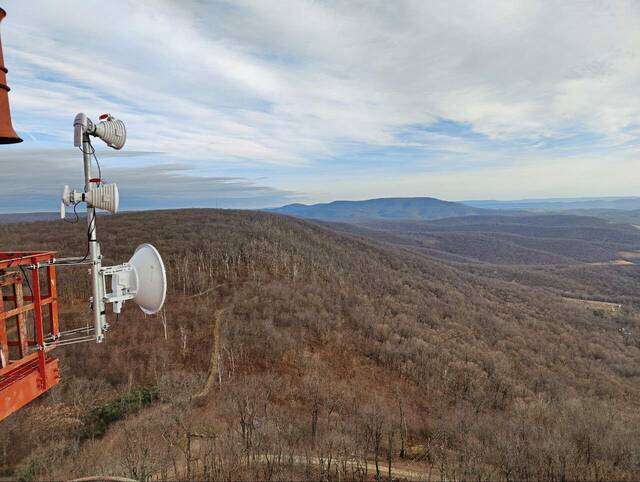Sometimes you need a good scientist to figure out the law.
The law can tell you not to speed. It takes science to figure out how fast you are going.
The law can tell you not to drink and drive. It takes science to figure out how many beers you had.
And while governors and legislators and lawyers around the country and here in Pennsylvania are trying to figure out how to bend the law around the concepts of medical marijuana and recreational marijuana and the over-the-counter iterations of CBD oil, science is now stepping up with a measuring stick.
University of Pittsburgh researchers have developed a Breathalyzer-type test to measure THC, the chemical in marijuana that makes the weed so wacky.
It’s a smart move. But it’s hard to believe that it has taken this long for someone to get it done.
Humans have used cannabis for at least 2,500 years. It was once a common addition to bottled medication before being outlawed during the Great Depression.
But over the last 20 years or so, marijuana has gained traction and popularity, with states rolling back prohibitions while the federal government has yet to budge. We now have marijuana simultaneously legally available in Pennsylvania as medicine and the primary illegal drug seized by weight and volume.
It seems like something we should have had years ago — a fast, efficient way to determine whether someone has used marijuana. The alcohol version has been around for more than 60 years.
As the Wolf administration continues to test waters regarding recreational use, and as more people utilize medical permission, it only makes sense to get a better way to precisely determine whether someone has used cannabis products.
Until now, state police might use a breath test for alcohol but would rely on drug recognition training of certain officers to see a subject’s eyes or physical behavior suggested marijuana use. A blood or urine test could then be ordered.
But how many people with other physical or medical conditions — or just people undergoing the stress of a police stop — could end up subjected to an invasive or degrading hospital test because they “appeared” under the influence?
A Breathalyzer might not be a simple device. The Pitt project uses nanotechnology and took both chemistry and engineering researchers to accomplish.
The idea, though, is simply obvious. Sometimes the law has to take a backseat to science.








